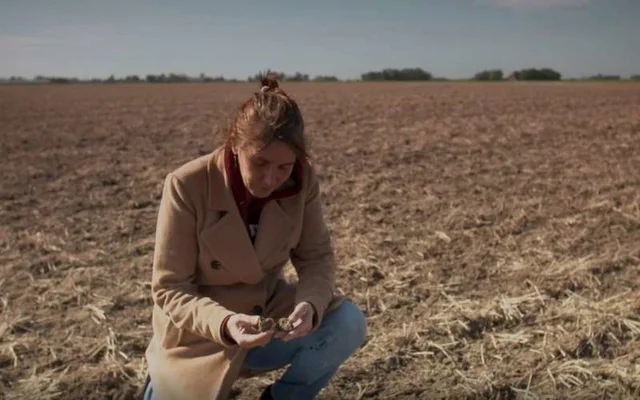4:46 PM The persistence of pesticides threatens European foundations | |
The introduction of phytosanitary plans to control weeds and other pests that affect crops has led to an increase in European crop yields over the past 50 years. Their introduction has become one of the key soils of agricultural intensification in recent decades and allowed to increase crop yields, but this superiority was due to the agricultural foundations of the European Union. 2 researchers from the research group Euro plan to Riverfaring in Wageningen University (the Netherlands) violet Geisen and J. Cohen.Ritsema studied the surface of the earth standards of the 11 European countries in the search for fingerprints of pesticides used in agriculture, and they recognize the vitality of this world in the likeness of product on the ground. Subsequently, analysis of 317 samples taken in 2015 from 11 European countries, which is the property to 6 different farming systems, the study of "the remains of pesticides in European agriculture bases: the hidden reality" showed that in fact 83 percent indicated the samples contained the remains of pesticides (76 various types of connections). Within 58% of this percent were the consistency of pesticides, as opposed to 25%, which were obtained from the 1st on the similarity of drugs. The leading compounds found were glyphosate, DDT (Banned since the 1970s) and fungicides with a wide range of effects. The overstated public concern about this issue has two main provisions: the main resistance of pesticides in the base (as shown in the original study) and toxicity to some non-target species (those that are not considered to be targeted). Taking into account the fact that the remains accumulate in the upper part of the earth, they are simply transferred by a weightless stream. To conclude this challenge in the framework of the plan "Departuring" offers a more sustainable implementation of land and its resources: water, energy, fertilizers, machinery and pesticides. A number of alternatives for storage of balance of soil microbes and, therefore, biodiversity and its well-being are offered. They range from the use of fresh, non-permanent pesticides, biostimulants, organic compost to the application of crop diversification, which contributes to the balance of insect communities and, therefore, the absence of pests. According to the study, the presence of pesticide residues at the base of the consistencies is considered to be the rule rather than the exception, which actually illustrates the need to assess environmental risks in the case of these combined compounds to minimize their impact. Farmers are increasingly aware, in fact, that for this, in order to own a good product, they need good soil, and this means, in fact, that these studies, as Geissen and Ritsema, and strategies similar to the proposed Diversfarming, more and more relevant in the European agricultural sector. | |
|
| |
| Total comments: 0 | |
